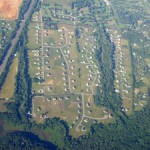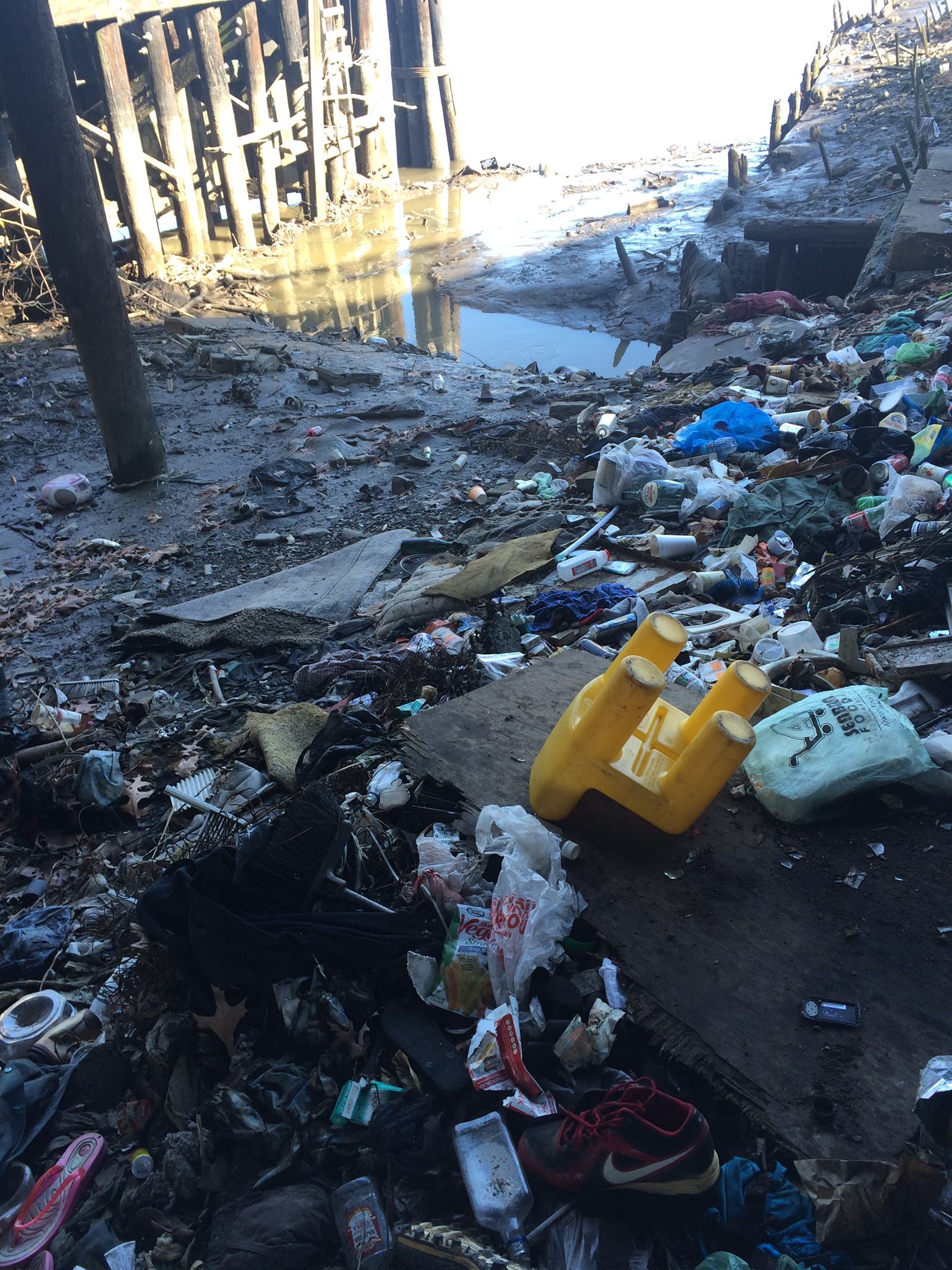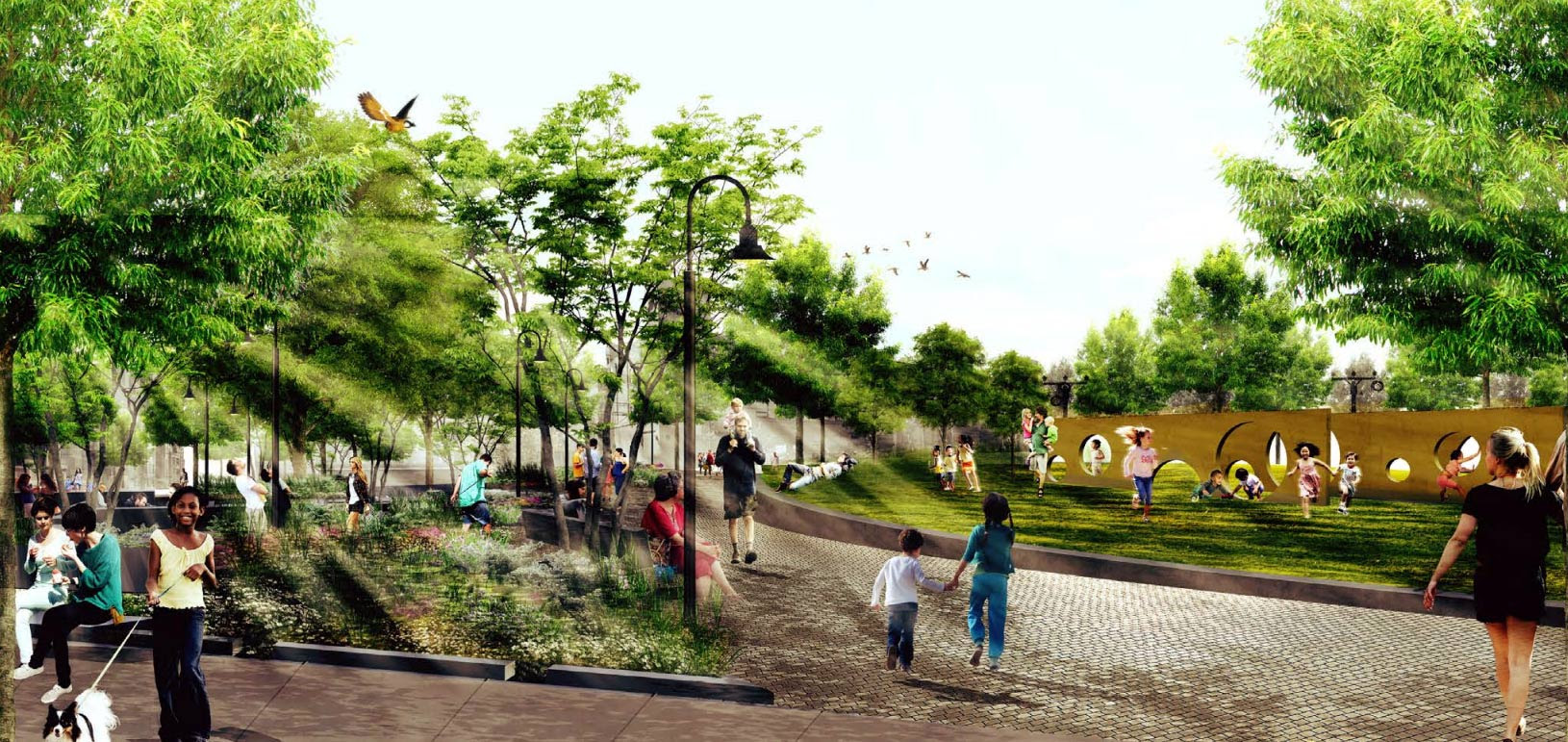New Jersey Future Blog
2005 Year in Review
December 29th, 2005 by Tim Evans
A look back at some of the facts that shaped our policy work in 2005 and continue to impact New Jersey’s future and its prosperity.
- Too many New Jersey towns don’t want kids, as evidenced by growth that favors new commercial and senior development over family housing. This anti-family attitude, while tragic, is logical: The average property tax bill in New Jersey ($5,269) doesn’t begin to cover the median cost of educating even one child ($10,652) who may live in that home. (1/24/05, updated)
- By July 2006, all revenues in the Transportation Trust Fund will be needed to payoff loans for past transportation projects, leaving no money to fund the estimated $5 billion needed to restore NJ TRANSIT’s infrastructure to a state of good repair; or the $10 billion worth of highway maintenance needed over the next 10 years; or the estimated $7 billion needed to eliminate the backlog of structurally deficient bridges. And these are just maintenance costs; billions more will be required for any safety improvements or capacity enhancements. (9/19/05)
- New Jersey has no statewide housing policy, a primary reason why half the state’s multi-family housing is concentrated in only 32 of 566 communities, often far from growing job centers. (10/21/05)
- More than two-thirds of New Jersey voters surveyed in the past month (71 percent) said they favor state government giving funding priority to maintain services in existing communities, rather than encouraging new development in the countryside. More than half of voters (53 percent) said investing in already developed areas, such as inner cities and older suburbs, should be a higher priority for New Jersey than buying open space (36 percent). (4/29/05)
- Though sprawling growth continues apace in the suburban and “green” sections of the state, New Jersey’s cities are beginning to turnaround, according to the latest Census figures. Newark’s population has climbed above 280,000 for the first time since 1989, and after remaining essentially stagnant in the 1990s. Also in 2004, New Brunswick’s population topped 50,000 for the first time. (7/29/05)
- Some 20 states have statutes that allow the use of eminent domain in the public interest, including New Jersey. (4/15/05)
- New Jersey communities are among the most segregated in the nation: first nationally in the segregation of elementary schools by income, fifth worst in the segregation of Black and Hispanic students. (10/21/05)
- A badly needed update to New Jersey’s State Development and Redevelopment Plan is not yet back on track, though now a year behind schedule. (9/30/05)
- An environmental study released this week finds that purchasing all 300,000 acres critical for conservation in the Highlands would cost $1.9 billion if purchased at today’s average cost to the state of $6,200 per acre. Under optimistic assumptions, only some 65,000 acres could be purchased in the next five years. (2/18/05)
- More than 70 species of wildlife rank as threatened or endangered in New Jersey. The habitat of many wildlife species is not in remote areas, but intertwined with where most people live. Nearly one out of every three imperiled species in the country is threatened by sprawling development, according to a new national report. (3/21/05)
- Rising seas caused by global warming will not only shift today’s New Jersey shoreline inland by 240 to 480 feet by the year 2100, it will bring 100-year floods every five to 30 years, and contaminate drinking water supplies especially for communities along the Delaware River. (11/18/05)
- The largest open space ballot initiatives are in urbanized Camden County ($50 million) and still-rural Sussex County ($45 million), evidence that all New Jersey communities feel a stake in the battle to protect open land. (10/31/05; both ballots passed)
- Under Fanwood’s proposed Transfer of Development Rights (TDR) plan, homeowners in the historic district could sell the rights to tear down their homes, or alter them in ways not consistent with the historic district, in exchange for permit deed restrictions. These rights, or TDR “credits,” would then be sold to interested developers, who could use them to build at higher densities in a portion of town that the borough would like to see redeveloped. (3/4/05)
















